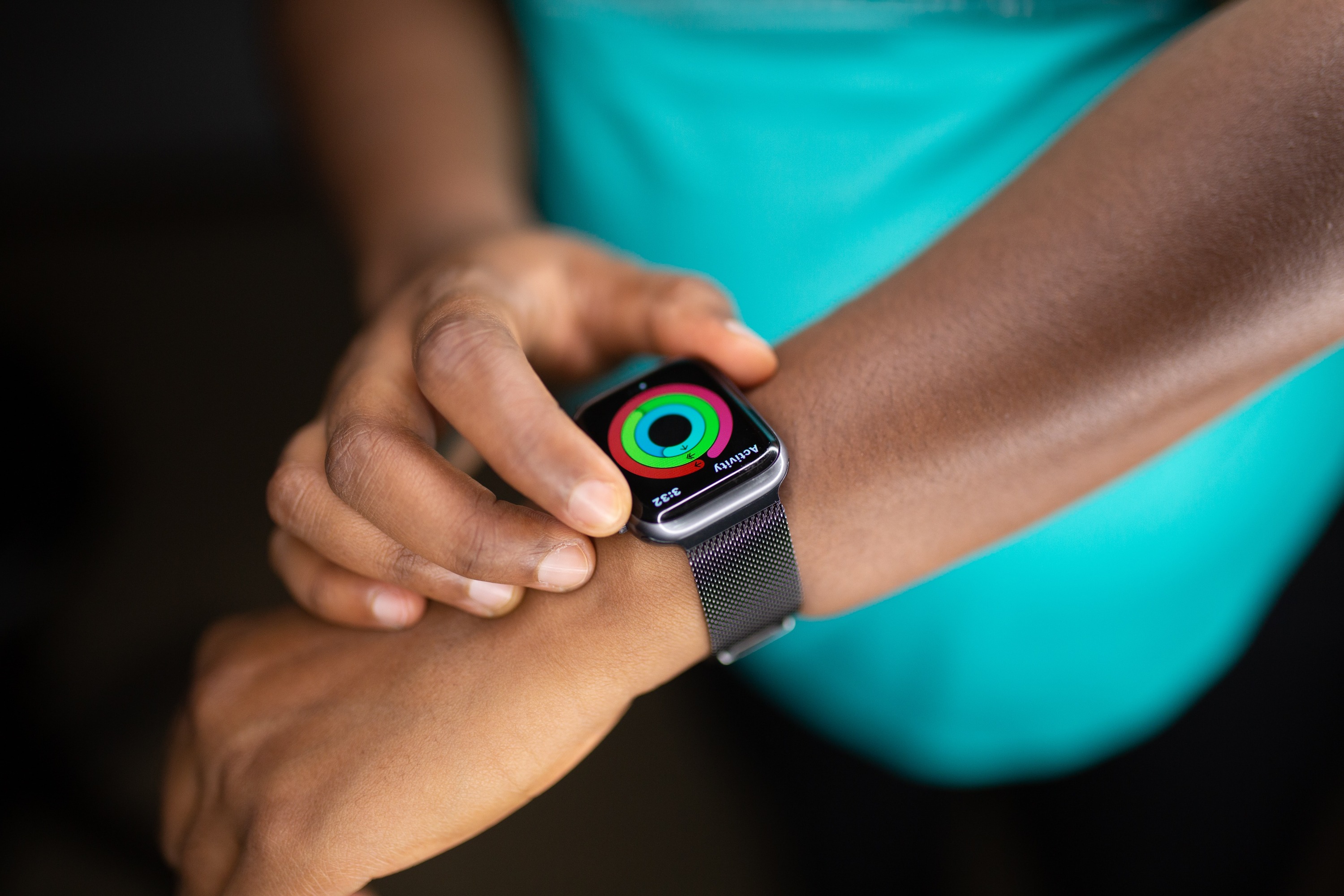What Healthcare Investors Look for in Medical Device Companies
Attracting interest and investment in your medical device is a critical step for the average medical technology company. Taking a device to market is an expensive endeavor and most will require investor backing at some point. The question is, how can medical device makers attract those investors?
We recently hosted some very knowledgeable investors in the medical device space for a webinar where we explored what investors are looking for and how to get their attention. (You can check out the replay here.)
For this article, we’re condensing some of the answers we received. What exactly do medical device investors look for and how can you attract their funding?
What are some general things investors look for?
As a developer in the medical device industry, it’s helpful to know what investors seek before you design your pitch. In essence, there are some main, “general”, factors that healthcare investors look for before they commit to making an investment decision—here are a few you should know so you know what to focus on.
Have specific goals for fundraising
Investors are familiar with the different stages of developing a medical device and want to know where you are at and what specific milestones you want to achieve with investment.
A common mistake is when startup medical device companies approach investors and tell them “we want funding to get us through all the stages” – this doesn’t generally result in a positive response because investors know that a lot of work goes into each stage. They want to know specifically how you are going to create value with investment at each stage. For example, something specific might be “we can add 20% more patients to our target market if we introduce connectivity to our device.”
Know the size of your market
Here’s one of the first questions investors want to answer: Is the target market big enough? They want to know the size of your market and to understand that it will be viable to pursue the development of the device before investing anything in it.
Investors use this information to determine how much money they think the company will need to get the device onto the market, the potential returns, and the potential exit value of the company. They’ll refer to any similar companies for this data, too.
Present the science behind your device
Investors need to believe in the science behind your device before putting any money into it. They want to understand your rationale and to see that thorough scientific analysis is behind the development of your device. If not? It will be a hard sell…
For example, in the case of a typical PMA path to market, for a “Series-A” funding round investors will often want to see data from animal testing. During a “B round,” they’ll typically want to see human testing data. It’s all part of their due diligence to ensure that the science is solid.
Show why your team is the one to back
Another aspect that is critical to investment decisions is the team behind the new medical device. Why are they the right people for the investors to back? Does your team have the right knowledge and experience onboard? Do you have experienced consultants or mentors if needed to fill gaps in the team’s capabilities? Do you have the skills to prepare and follow a robust to-market plan?
Show commercial traction
If you’re developing a 510(k) device, it’s rare that your company will get an early exit these days. The majority of investors want to see that you have commercial traction first. That is, they want to see your device performing on the market and bringing in a return before investing with an eye towards an exit.
For SaMD, commercialization is often a preference of Series-A investors too. They look at your product and want to see that it can scale as they’ll generally have a goal in mind for their investment return (for example, many will use 10x).
Are investors excited about any particular device categories?
The types of devices that are doing better since the COVID-19 pandemic include anything with a telemedicine component, devices that are connected and can be used remotely, and diagnostic devices. Investors are looking at what will be a robust investment into the future, and many believe that connectivity and telemedicine is a future that has been pushed forward due to the pandemic (so diagnostics that are specifically for Covid don’t necessarily fall under that umbrella).
Wearables are a device category that can meet the desire for connectivity and remote healthcare. In terms of seeing the value for investors, there has been some activity in terms of pharmaceutical companies turning to wearable devices to help with tracking their clinical trials. There has also been an interest in terms of wearables being part of contact tracing for Covid (or future pandemics.)
Besides that, the field of women’s health has been ripe for improvement for years, and there is considerable demand for any sort of device that will improve outcomes for women. This is a field of high investor interest at present.
Cardiac-related devices tend to always be of interest because cardiac issues are so common. Investors are interested in anything that will improve patient outcomes and has high marketability in the cardiac category.
Mental health is another area of high interest. There has been increasing awareness and desire to improve mental health over the last few years, so devices or SaMD that can help with this have the potential to be highly marketable.
How can you get noticed by healthcare investors?
Investors tend to be approached frequently, so getting in front of them can be difficult. Add to that the restrictions on travel and in-person meetings with Covid, and you have an extra layer to get through. Here are some tips from the investors we spoke with:
Look for a connection
Try reaching out via LinkedIn or a similar channel to get connected with people within the investment firm. Look at your own connections to find who is connected with whom. This can help to give you a much warmer introduction than cold calling (or emailing!).
Nail your one-pager
A one-pager for startups is a succinct summary of your unique value proposition for investors. Your one-pager needs to be well-written and capture investor attention. Many startups are tempted to include absolutely everything they think makes their company great, but the art lies in picking the most salient points for investors and boiling it down to one page.
“Show me the money” is a key concern of every investor, so that’s something you should make clear. Also, how do you differentiate yourself from competitors? What makes you a good risk to take on?
Cold email
VCs still respond to cold emails. The key is to do your homework and find the right person to email (or someone who can introduce you to the right person).
Highlight your advisors
Do you have advisors who are well-known in the medical device space? Highlight them to investors. Most will know of the big names and will often pay closer attention to projects that they are involved with.
Know who you’re approaching
Different investors have differing preferences for the stage at which they’ll invest in a company. They also usually have a preferred monetary range for investing. (For example, some will say “we invest in series A or beyond in the $5 million-plus range.”) Some investors will strictly focus on verticals with unknown but high-potential growth prospects, while others focus on categories where the projected annual growth rate is a known variable. Still, other investors may only be interested in specific emerging or maturing technologies—for instance, artificial intelligence, virtual reality, or another tech still on the horizon.
Investor preferences can usually be found by doing a bit of research. They’ll describe what they do and what they’re looking for in terms of a project that’ll catch their eye. You’ll get a much better response if you tailor your approach based on those preferences. For example, for an investor that only invests in series A, you might explain that you understand they invest at a later stage and that you’re looking for early investors that will help to get you to that point where the series A investor will be interested later. Otherwise, approach those who usually invest in companies with a similar profile to yours.
Final thoughts
By talking to experienced medical device investors, we were able to get valuable advice and hope you got the same. By observing these points that investors look for, you can put your company in a better position to attract funding when you need it.
It’s worth working on your approach before you start making contacts, possibly even with the help of an advisor. If you can make an engaging approach to investors, even if that particular investor isn’t interested, they may be willing to refer you to others they know who will be and possess the right cash positions to invest.
We wish you all the best in your investment endeavors! We’re always excited to see new, innovative devices hit the market. If you have any questions about how to attract investors or any other questions related to bringing your device from idea to market, feel free to contact us.





